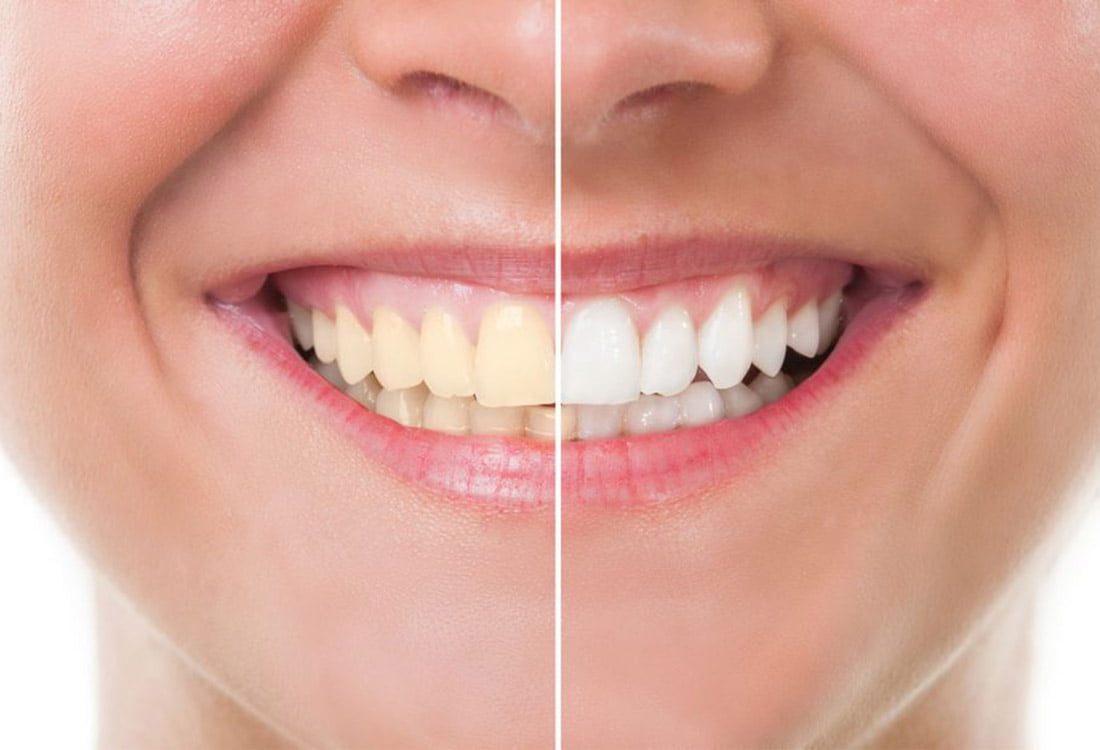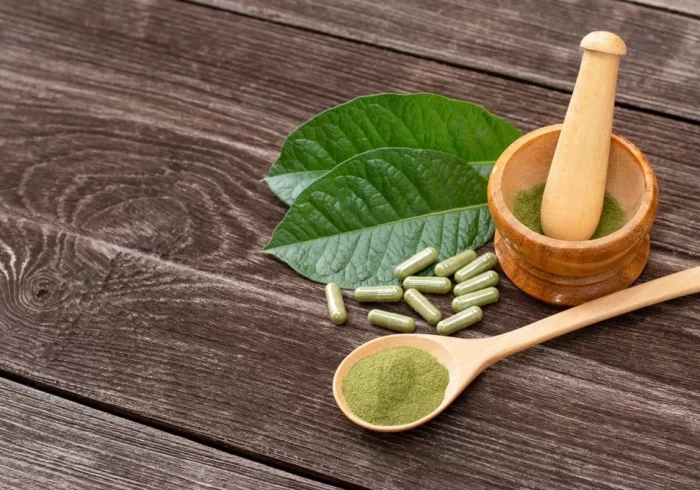Regular teeth cleaning is one of the most important aspects of maintaining good oral health. Routine cleanings not only help prevent cavities and gum disease, but they also keep your smile looking its best. However, one common question that many people have is, “How much does it cost to clean your teeth?” Dental cleanings can vary widely in price depending on several factors, including your location, whether you have dental insurance, and the condition of your teeth. In this blog, we’ll explore the average costs of teeth cleanings, what affects these costs, and why investing in regular cleanings is crucial for your long-term oral health.
Why Is Professional Teeth Cleaning Important?
Before diving into the costs, it’s important to understand why teeth cleaning is essential. Over time, plaque and tartar naturally build up on your teeth, even with regular brushing and flossing. Professional cleanings remove these deposits in areas that are hard to reach on your own. This helps prevent tooth decay, gum disease, and other oral health issues.
During a professional cleaning, a dental hygienist uses specialized tools to clean the surface of your teeth, remove plaque and tartar, and polish your teeth to give them a smooth finish. They also check for signs of potential issues like gum disease or cavities, allowing you to address problems early before they become more serious—and expensive—to treat.
What Is the Average Cost of Teeth Cleaning?
The cost of teeth cleaning can vary depending on where you live, the type of cleaning required, and whether you have dental insurance. On average, a standard teeth cleaning in the United States can cost anywhere from $75 to $200 per visit. However, this cost can rise significantly if you require a deep cleaning due to gum disease or other oral health conditions.
Let’s break down the typical costs associated with different types of dental cleanings:
Standard Dental Cleaning
A routine teeth cleaning, also known as prophylaxis, is the standard type of cleaning most people receive during their biannual dental visits. The cost for a standard cleaning typically ranges between $75 and $150 without dental insurance. This cleaning involves the removal of plaque, tartar, and stains on the teeth, followed by polishing.
Deep Cleaning (Scaling and Root Planing)
If you have signs of gum disease, your dentist may recommend a deep cleaning, which includes scaling and root planing. This type of cleaning goes beyond the surface to remove plaque and tartar buildup from below the gum line. The cost of deep cleaning can range from $150 to $300 per quadrant of the mouth, meaning the total cost for a full-mouth deep cleaning could be anywhere from $600 to $1,200.
Additional Costs for X-Rays or Fluoride Treatment
During your teeth cleaning appointment, your dentist may also recommend additional services, such as dental X-rays or fluoride treatment, which can increase the overall cost of your visit. Dental X-rays are typically taken once a year and can add an extra $20 to $250 to your total bill, depending on the type of X-rays taken. Fluoride treatment, which helps strengthen tooth enamel, generally costs around $25 to $50.
Factors That Affect the Cost of Teeth Cleaning
Several factors can influence how much you’ll pay for a professional teeth cleaning. Here are some of the key variables that can affect the final cost:
1. Location
Where you live plays a significant role in the cost of dental services. Dental fees are typically higher in urban areas compared to rural areas due to the cost of living and the demand for services. For example, teeth cleanings in major cities like New York or Los Angeles tend to be more expensive than those in smaller towns.
2. Type of Cleaning
As mentioned earlier, the type of cleaning you need will impact the cost. A standard cleaning is less expensive than a deep cleaning, which requires more time and effort due to the removal of plaque and tartar below the gum line.
3. Condition of Your Oral Health
If you have healthy gums and no signs of decay, your cleaning will likely be straightforward and less expensive. However, if you have gum disease or significant plaque buildup, you may require a deep cleaning, which costs more due to the additional work involved.
4. Dental Insurance Coverage
Having dental insurance can significantly reduce the cost of teeth cleaning. Most dental insurance plans cover 100% of the cost for preventive services like cleanings, exams, and X-rays. However, if you require a deep cleaning or other treatments, your insurance may only cover a percentage of the total cost. It’s important to check with your insurance provider to understand what is covered under your plan.
5. In-Network vs. Out-of-Network Dentists
If you have dental insurance, visiting an in-network dentist can help lower your out-of-pocket costs. In-network dentists have agreed to provide services at discounted rates for plan members. On the other hand, if you choose to see an out-of-network dentist, you may be responsible for a larger portion of the bill.
How to Save Money on Teeth Cleanings
While dental care is essential for your health, it can also be costly. Fortunately, there are several ways you can save money on your teeth cleaning visits:
1. Use Dental Insurance
If you have dental insurance, make sure to take full advantage of your coverage. Most plans cover two cleanings per year at no additional cost to you. Be sure to schedule your appointments within your plan’s calendar year to avoid paying out of pocket for routine services.
2. Join a Dental Discount Plan
If you don’t have dental insurance, consider joining a dental discount plan. These plans are membership programs that offer discounts on a wide range of dental services, including cleanings, exams, and procedures. While you’ll still pay for your services, the discounts can help make dental care more affordable.
3. Visit a Dental School Clinic
Dental schools often offer cleanings and other dental services at a reduced rate. The work is performed by dental students under the supervision of licensed instructors, ensuring that you receive quality care at a lower cost. If you’re looking for an affordable option, checking out a local dental school clinic can be a great choice.
4. Negotiate with Your Dentist
If you’re paying for your dental cleaning out of pocket, don’t hesitate to ask your dentist if they offer any discounts or payment plans. Many dental offices are willing to work with patients to make services more affordable, especially for those without insurance.
Why Regular Teeth Cleaning Is Worth the Investment
While the cost of teeth cleaning may seem like an added expense, it’s important to consider the long-term benefits. Regular cleanings help prevent more serious dental issues, such as cavities, gum disease, and tooth loss, which can require costly treatments down the road. By investing in routine cleanings now, you’re not only protecting your smile but also saving money in the long run.
Preventive care is always more affordable than treatment for advanced dental problems. In fact, studies have shown that individuals who regularly visit the dentist for cleanings and exams are less likely to need expensive procedures like root canals or tooth extractions. This means that the cost of professional cleanings is well worth the investment for your long-term oral health.
Conclusion: Understanding the True Cost of Teeth Cleaning
The cost of teeth cleaning can vary depending on several factors, including your location, the type of cleaning you need, and whether or not you have dental insurance. While a standard cleaning typically costs between $75 and $150, more complex cleanings can run higher. Additional services like X-rays or fluoride treatments may also increase the total cost.
Ultimately, regular teeth cleanings are an essential part of maintaining good oral health. They help prevent more severe dental problems and ensure that your smile stays healthy and bright. By staying on top of your cleaning schedule and exploring ways to save on dental care, you can enjoy the benefits of a healthy mouth without breaking the bank.





